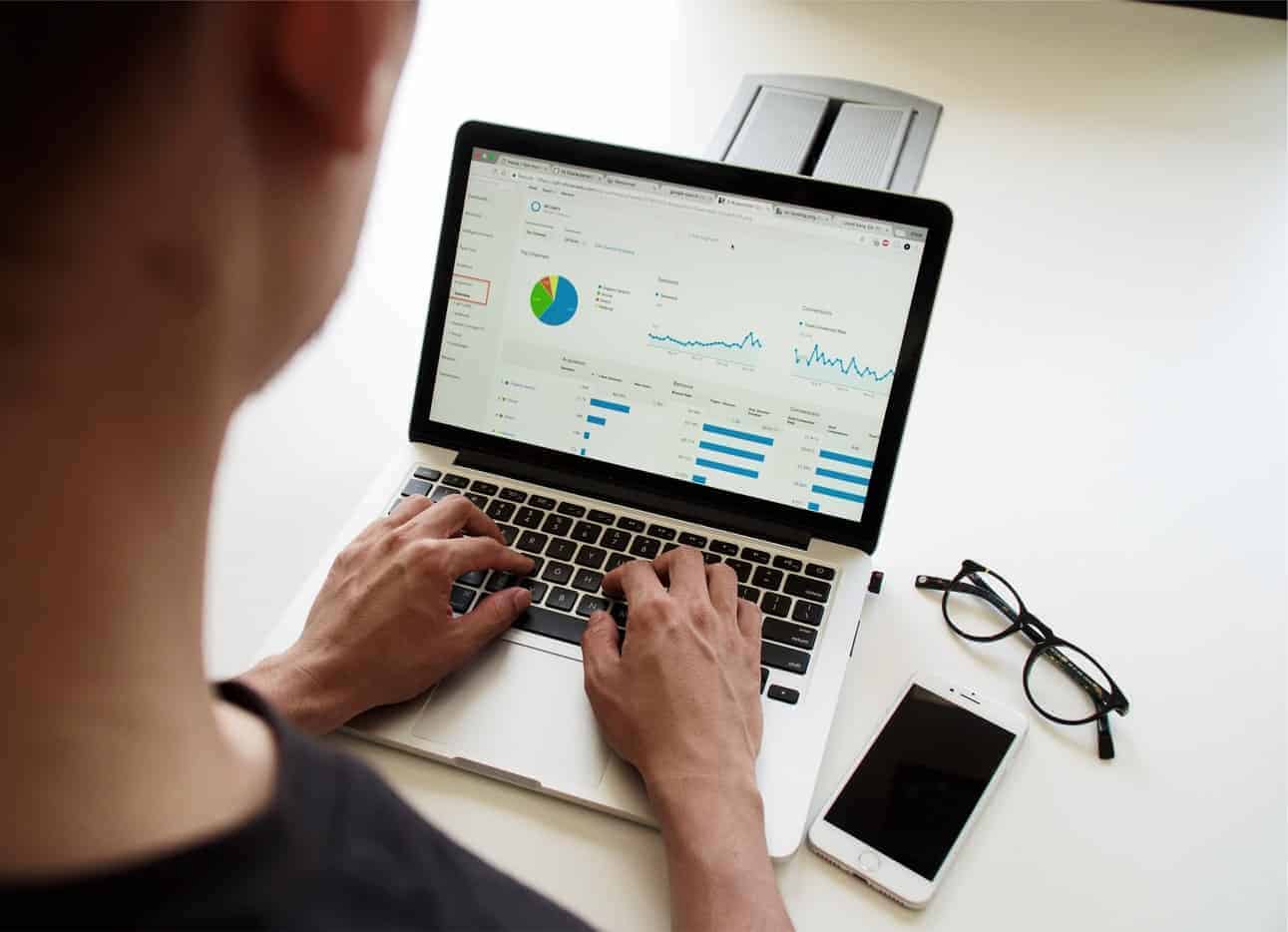Who is most enjoying your products or services? What is your ideal customer profile?
The more you know about your target market, the more customers you’ll attract – and the more thriving your business will be.
Surprisingly, not all businesses craft their mission statements, brand identity, and marketing campaigns to appeal to their target audience.
However, not having the right focus on the ideal customer can negatively impact sales efforts (needless to say, the ideal customer is where the money is, so not understanding your ideal customer profile is a sure recipe for failure). When you try to serve everyone, you end up serving no one.
Therefore, there is no “one size fits all” solution when it comes to your business sales process. While some people rave about your products or services, others do not find them suitable for their needs.
That’s why creating your Ideal Customer Profile (ICP) is so important. Determining your ideal customer may take work, but once you find it, everything falls into place.
This post will provide you with actionable tips you can use to refine your strategies and find your market niche, so let’s get into it!
Table of contents:
Table of Contents
1. What Is An Ideal Customer Profile (ICP)?

Before we get down to the nitty-gritty and find out the best practices for identifying your Ideal Customer Profile (ICP), let’s define what exactly an “ideal customer” means.
Today, many confuse the Ideal Customer Profile (ICP) with buyer persona and use them interchangeably. But they aren’t the same.
Simply put, the Ideal Customer Profile (ICP) is the well-thought-out, detailed description of the type of company (not the individual buyer) that finds your products or services to be the perfect solution to their problems or needs.
Thus, your Ideal Customer Profile (ICP) is not necessarily a person but rather a company that is the best fit for your products or services.
On the other hand, a buyer persona is a detailed description of someone buying and using your products or services.
To define your Ideal Customer Profile (ICP), you need to use firmographics such as the company’s average size, revenue, industry, location, etc. On the flip side, defining your buyer persona requires you to use demographics such as job title, function, seniority, income, etc.
Your Ideal Customer Profile (ICP) and buyer persona are the peanut butter and jelly of your sales operations (please note that we are only focusing on your Ideal Customer Profile in this post. However, make sure not to miss out on my forthcoming post on how to define your buyer persona – it will provide you with meaningful insights on how to create the representation of your target customer and skyrocket your sales).
Your Ideal Customer Profile (ICP) helps you:
- Segment your audience
- Focus your sales efforts on those companies who are interested in your products and services
- Act fast when finding sales opportunities
- Cut out the noise and focus your marketing efforts on companies who are likely to buy your products or services (you will know whom to write content and target your ads and how to create personalised campaigns)
- Avoid wasting money with the “spray and pray” marketing approach
Now that you know what an Ideal Customer Profile (ICP) is and why defining it is essential, it’s time to get down to business and reach those customers!
2. How To Define Your Ideal Customer Profile (ICP)

Creating an ideal customer profile is easier for mature businesses that are already established and have some customers.
But what if you’re a new company? As a startup owner, it’s helpful to use whatever customers you already have to create your Ideal Customer Profile (ICP).
However, if you do not have enough customers, you may also use whatever data you can gather about the market to identify the traits of your ideal customer.
To determine your Ideal Customer Profile (ICP), you need to begin by identifying your existing customers who are spending the most money on your products or services.
Then, select those who are getting the most value from your products or services (according to the feedback you’ve got from them). For each of them, identify the following key elements:
- Size/Number of employees – According to their size, businesses respond differently to advertising. For example, small businesses won’t respond to ads targeting large enterprises. For this reason, it is essential to determine the business size.
- Location – Is the company located in a large city or a remote town? Is the business an international brand? Do they have multiple locations around the globe? Answering all of these questions is critical for building your Ideal Customer Profile (ICT).
- Industry – Industry type is an essential element to consider because some sectors are more likely than others to be interested in your products or services. For example, a company in the pet industry may not be interested in buying from businesses in the building and industrial materials sector.
- Annual operating budget – Looking at revenue is critical because you want to advertise to those businesses that can actually afford your products or services.
- Sales cycle stage – Where is the business in the buyer’s journey? Are they loyal customers or just exploring their options? The sales cycle stage is an important factor to consider when building your Ideal Customer Profile (ICT).
- Status – Knowing the type of business structures that get the most value from your products and services can boost the effectiveness of your marketing and sales efforts.
- Performance over time – To determine your Ideal Customer Profile (ICT), you need to consider the business’s duration of existence, profits and losses, and growth and decline rates.
You may be thinking that gathering firmographic data is an uphill battle. But that’s not the case.
As a general rule, there are three ways to gather the information you need to build your Ideal Customer Profile (ICT):
- Conduct online research
- Purchase firmographic information from a data clearinghouse
- Survey companies directly (if you’re having difficulty finding out the information you need using the first two methods, contact the businesses and explain that you are using them to build your Ideal Customer Profile).
Also, customer interviews are an effective tool to learn what they love about your products or services. You may want to ask them questions such as:
- Who brought your products or services to their attention?
- What are the pain points that led them to seek out your products or services?
- Do your products or services meet their needs?
- Is there anything they don’t like about your products or services?
- What do they like most about your products or services?
- What related business needs do they have that your products or services do not satisfy?
- What other B2B solutions do they use?
- Why would they choose you over the competition?
- Who are the decision-makers (those in charge of buying from you)?
Once you’ve done your research and put in the legwork, you are ready to list your conclusions and build your Ideal Customer Profile (ICT).
As a general rule, your Ideal Customer Profile (ICT) should include the following details:
- The industry you are targeting
- The average business size and budget
- Business location
- Business structure
- Specific needs that your products or services meet
- No. 1 reason why the business would choose you over the competition
- How is the business finding your products or services
- Main reason (or top 3 or 5 reasons) why they are using your products or services

That’s it. Now your Ideal Customer Profile (ICT) is ready! Here’s how you can use it:
- Start qualifying your sales leads. Use your Ideal Customer Profile (ICT) to identify common attributes between the leads in your funnel and the businesses that have bought your products or services and been happy with them in the past. A good lead should be at least 50% similar to your Ideal Customer Profile (ICT). If not, you can take them out of your funnel and focus on the right leads who are likely to become paying customers.
- Use your Ideal Customer Profile (ICT) to sell. Thanks to your research and the data you’ve gathered, you should have a clear picture of the pain points of your ideal customer and the outcomes they are looking to achieve – meaning that it will be easier for you to convince them that your products or services are those that best fit their needs.
- Your Ideal Customer Profile (ICT) gives you the chance to improve your product-market fit. Your research may have revealed that your ideal customer has needs that your products or services are not meeting, giving you a greater opportunity to innovate your product.

Conclusion: Creating your Ideal Customer Profile (ICT) is a great way to refresh your marketing strategy to skyrocket your sales and unlock success – not to mention that it’s key to building a data-driven company.
It’s important to remember, however, that your Ideal Customer Profile (ICT) isn’t a “once and done” business solution. You need to revisit your data on a regular basis (say, once a year) to evaluate fit ratings over time.
If you’re looking for ways to acquire more customers and build your Ideal Customer Profile (ICT), do not hesitate to contact us for further details on our virtual offices and other related services. B2B HQ was created to provide start-ups and small businesses with effective tools and services to grow their sales funnels and reach their target audience faster. Reach out and tell us how your business is doing. We’d love to hear from you!
